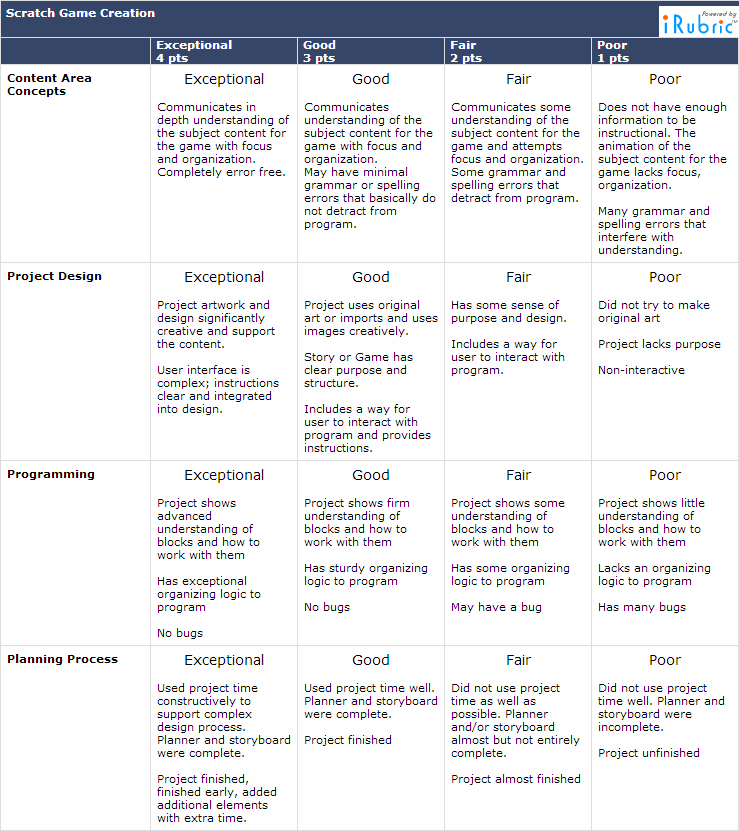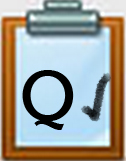Gold Scratch: Up the Ante
Introduction
Congratulations on completing your first animation! Now let’s up the ante, or increase the difficulty.
Step 1. Your challenge is to create a bigger and broader animation, or develop a new game. Try out the MIT Machine Learning Activities Worksheets to get some great ideas.
Step 2. Requirements:
- If you chose an animation you need to have a much longer story and make use of multiple stages. It might help if you create it around something you have done in school, or a subject you’re interested in. Maybe a public service announcement, or a commercial. A random story with random stuff going on is not going to cut it here.
- If you chose a game you need to think about what is going to happen in your game. You should have some ideas after looking at the different projects that have been posted to the Scratch website.
Step 3. Check:
- Whatever you end up choosing, you need to talk to your teacher first and get the ok for your project idea. Nothing is worse than working on something and then finding out your teacher doesn’t like your idea. Get approval first!
Project link ideas
If you need some help coming up with an idea, take a look at these project links. They might be helpful. There are so many ideas that you can find on the Scratch Website.
Animation Ideas
A Story Video (a good start to a story)
Game Ideas
Evaluation Rubric

Gold Quest Rubric.pdf document to download
Completing this Quest
When you have completed this Quest you will have created an animation or game using Scratch that demonstrates some of the advanced features of project design, and have shared it with your teacher.
Check this Quest off your 21t4s roadmap if it is used in class.
I am ready to go on to Getting Serious.
Competencies and Standards
MITECS Michigan Integrated Technology Competencies for Students, and
4. Innovative Designer
a. know and use a deliberate design process for generating ideas, testing theories, creating innovative artifacts or solving authentic problems
c. develop, test and refine prototypes as part of a cyclical design process
Websites and Documents
Websites
Videos from Outside Sources
- A Story Scratch Video
- All About Me Example Scratch Video
- Harlem Shake Scratch Video
- Hungry Frog Scratch Video
- Jetpack Joyride Scratch Video
- Lift Off Scratch Video
- Scratch Presentation Video
21t4s Documents




